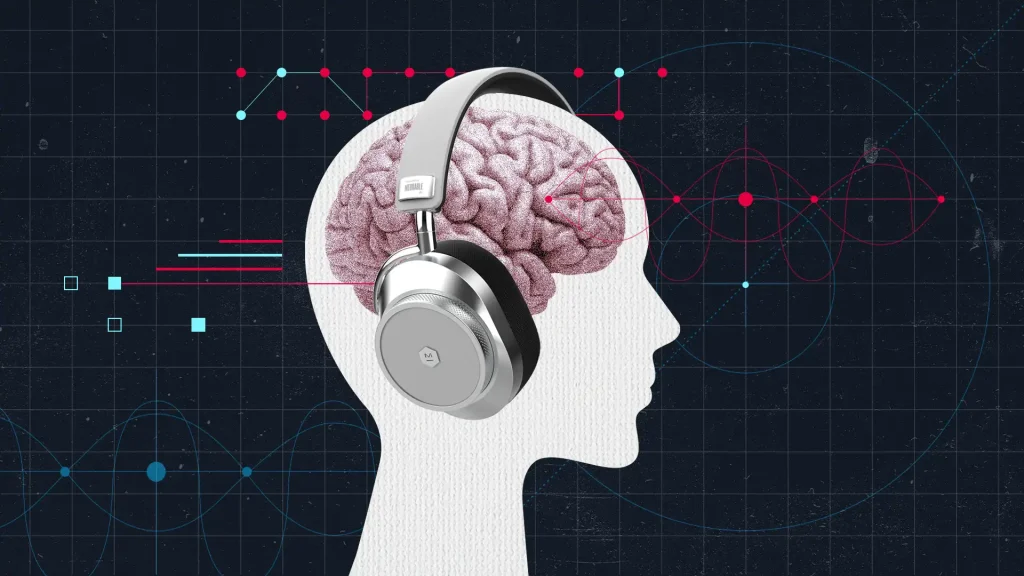Neuralink’s latest innovation, the Neuralink Headset, has taken center stage in the world of advanced technology. This brain-computer interface (BCI) device, developed by Elon Musk’s pioneering neurotechnology firm, marks a major step toward merging the human mind with machines. As of April 2025, the company has already begun limited clinical trials, raising both excitement and ethical debates across tech and medical communities.
Designed as a compact and wireless brain implant, the Neuralink Headset enables users to interact with computers, mobile devices, and even smart home systems—simply by thinking. It’s a bold leap into a future where the barrier between cognition and digital functionality may soon be erased.
How the Neuralink Headset Works
At the heart of the Neuralink system lies a series of ultra-thin, flexible electrodes—thinner than a human hair—that are surgically implanted into targeted brain regions. These threads detect and transmit neural signals to an external device, which decodes them in real time. Users can then issue commands, control cursors, compose messages, or operate digital devices—all without physical movement.
In its current iteration, the Neuralink Headset functions through a small, coin-sized processor positioned behind the ear. This discreet unit processes brainwave patterns and wirelessly sends instructions to external systems. According to the company, the device operates with remarkable speed and accuracy, allowing a near-instantaneous mental response.
Early Applications: From Accessibility to Daily Convenience
Neuralink’s first users are individuals with severe mobility impairments, such as those suffering from ALS or spinal cord injuries. The initial goal is to restore basic autonomy—like communicating, browsing the internet, or operating home appliances.
One patient from Neuralink’s early human trial reportedly demonstrated the ability to play chess, write emails, and stream content simply by thinking. For people with disabilities, such capabilities represent a life-changing shift in autonomy, dignity, and connection to the outside world.
Yet, the company’s ambitions extend far beyond medical uses. Neuralink envisions everyday applications, including gaming, hands-free computing, and eventually the ability to control augmented reality systems like smart glasses or immersive digital environments.
Challenges, Concerns, and Ethical Questions
While Neuralink’s advancements have garnered admiration, they’ve also sparked concerns among experts. Many ethicists and neurologists worry about the potential misuse of neural data, raising questions about privacy, surveillance, and consent. What happens when your thoughts become accessible to technology?
Additionally, while the company emphasizes the safety and reversibility of the implant, the idea of brain surgery—no matter how minimally invasive—remains a daunting barrier for widespread adoption.
Other concerns involve long-term brain health, potential side effects, and the security of personal data. As with any technology operating at the neural level, cybersecurity becomes critical: a hacked brain interface could carry unthinkable consequences.
Looking Ahead: A Visionary Future or Sci-Fi Overreach?
Despite controversy, Neuralink continues to accelerate development with a clear roadmap. Future iterations of the headset aim to improve resolution, expand compatibility with more devices, and reduce the need for surgical intervention.
Elon Musk has hinted at even more ambitious goals, such as memory enhancement, multi-language real-time translation, and brain-to-brain communication—features that could radically reshape human cognition and social interaction. These visions, however, remain far from today’s technological constraints.
Nevertheless, the Neuralink Headset has already redefined what many thought possible. With continued testing, refinement, and regulatory approval, it could open the door to a future where thought is the ultimate interface—and where the limits of the human body are no longer the limits of human potential.












